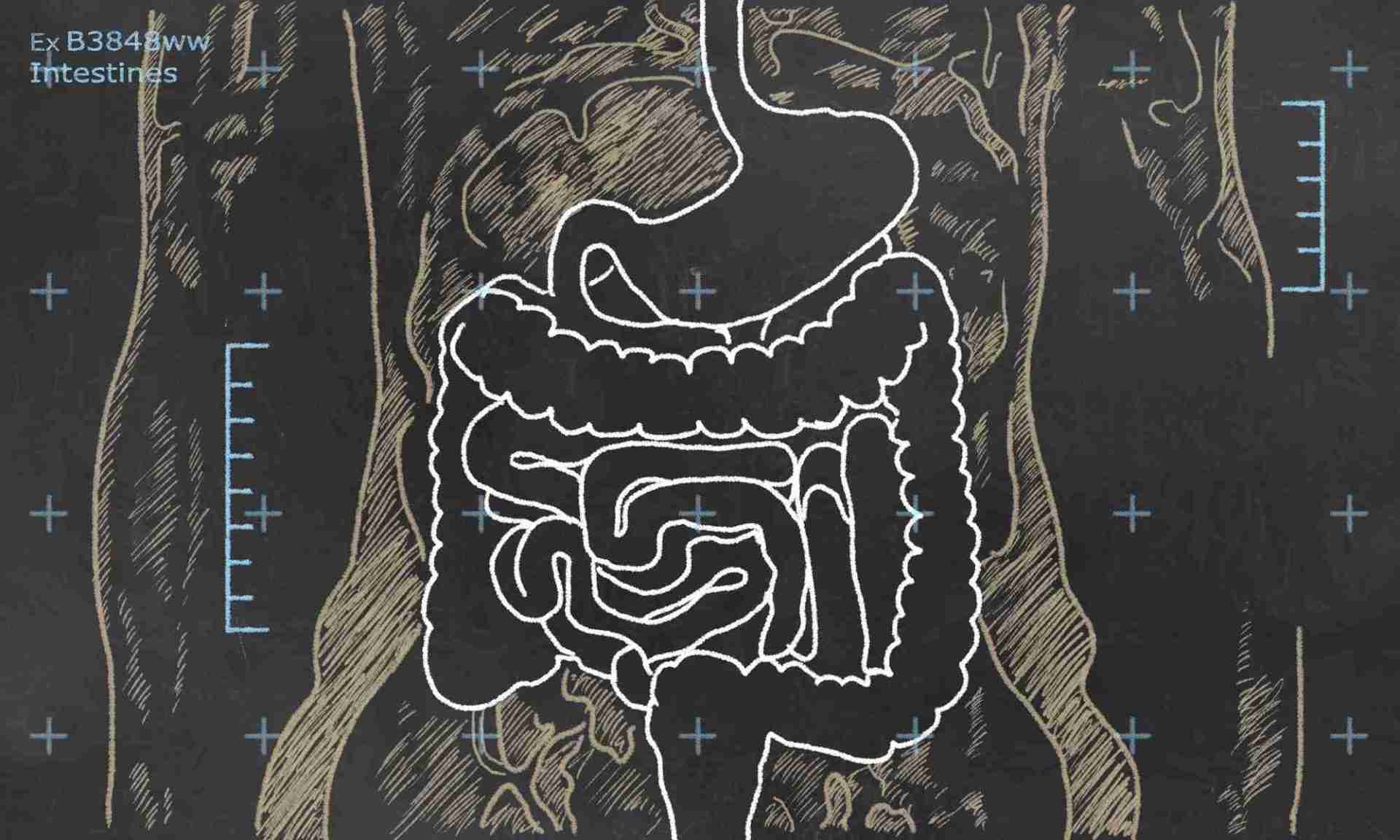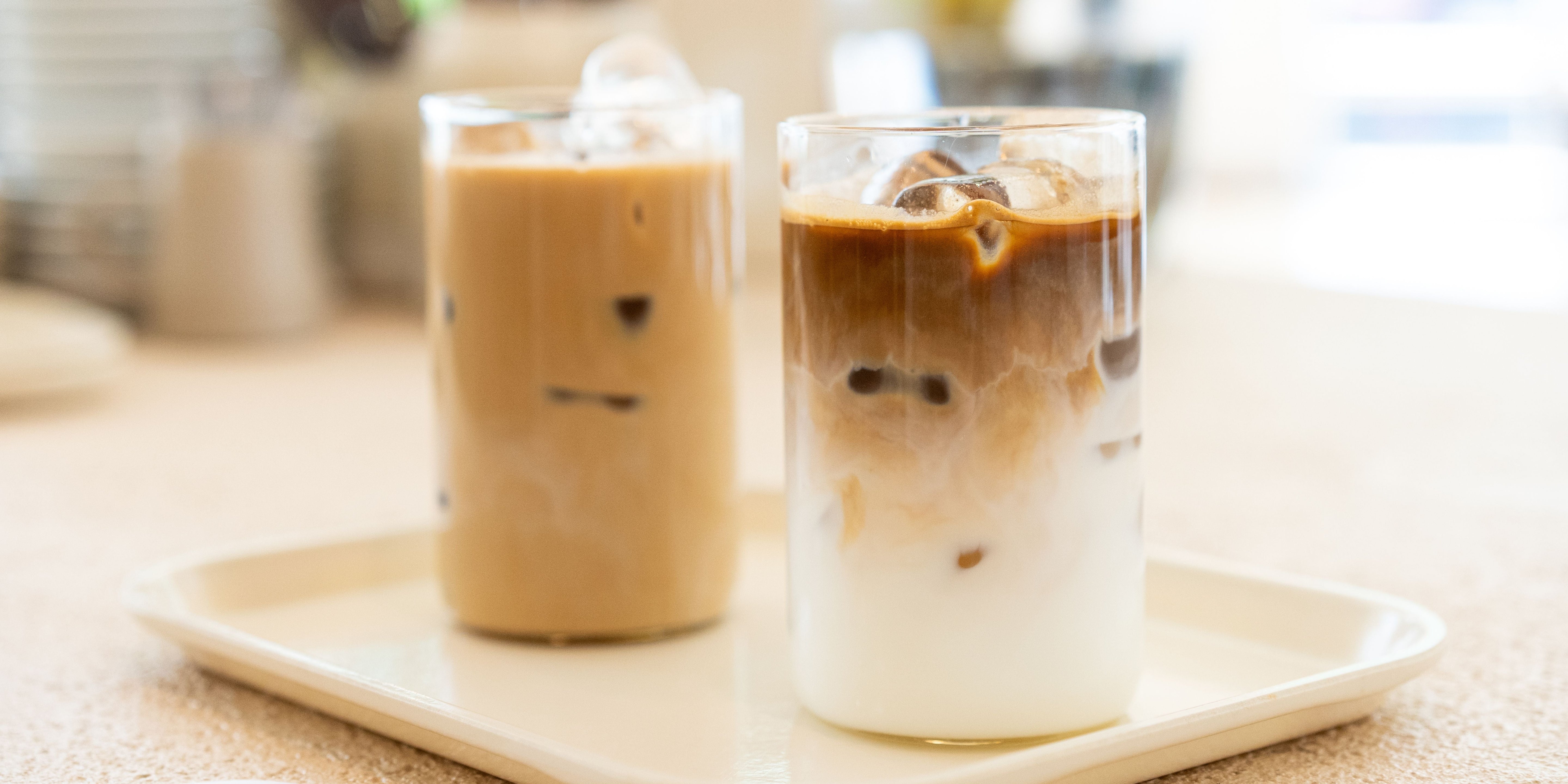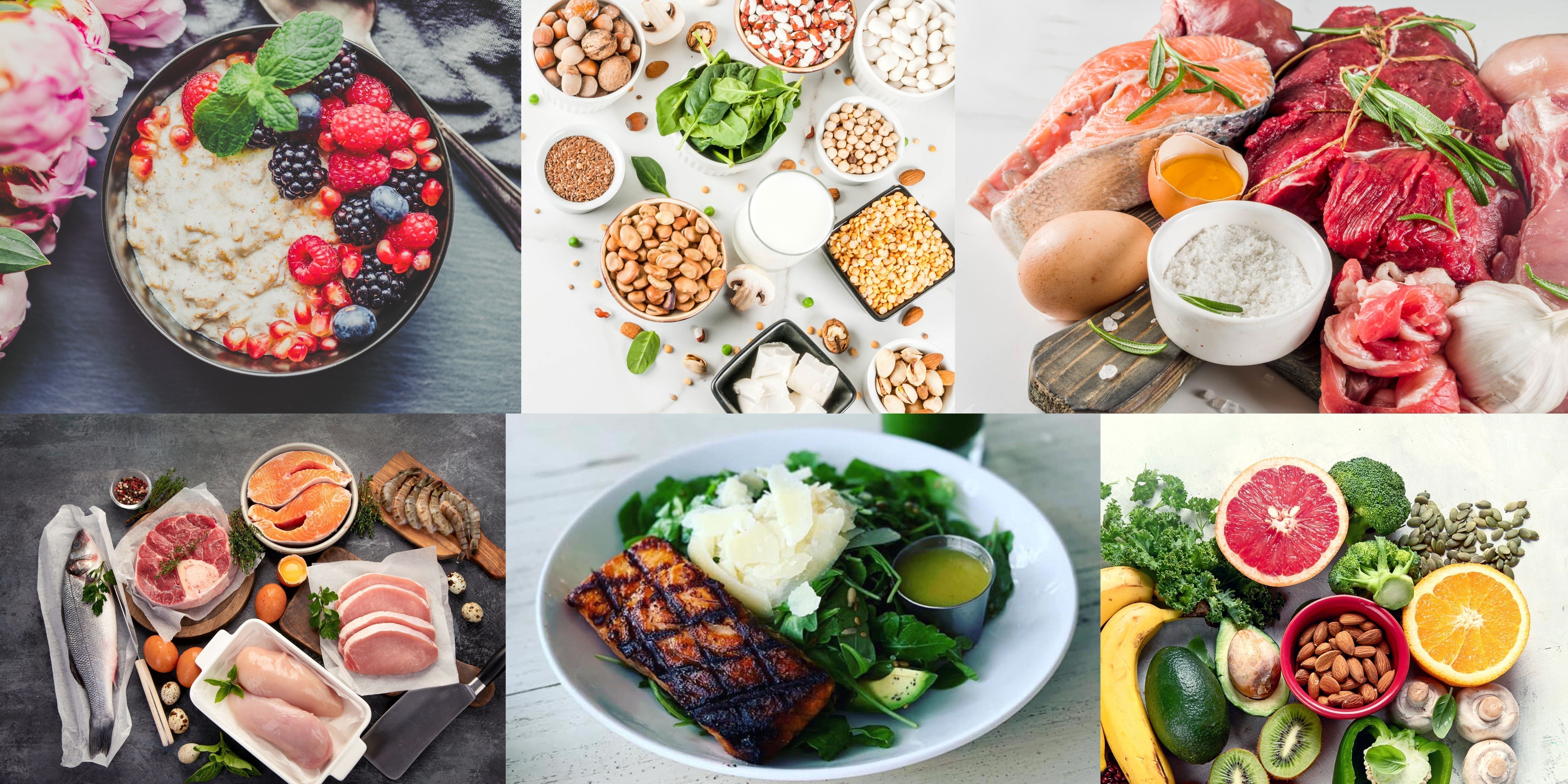In the last blog post I talked about upper GI – from the mouth to the beginning of the small intestines. I went over what is supposed to happen, what happens when things go wrong, and some tips on how to help digestion. You can find that blog post here.
In this blog post we will go over Lower GI – from the small intestines to the large intestines and out. A key thing to note here is digestion is a north to south process. It is usually important to work on upper GI in order to get the lower GI working correctly.
When Digestion Goes Right – Lower GI
Stomach Acid and Bile:
- We left off with the chyme (digested food) entering into the small intestines. It getting neutralized from the stomach acid with sodium bicarbonate and enzymes. The enzymes further break down fats, proteins, and carbs.
- We talked about bile a bit in the last article, but something to mention here is that the liver releases toxins through the bile. Bile from the liver goes to the gallbladder and gets concentrated there. Without concentrating in the gallbladder, bile would be weak and ineffective at fully digesting fats. This allows you to fully absorb your fat-soluble vitamins. Bile also helps to move along stool by stimulating peristalsis, which allows the body to excrete toxins/wastes in the stool. Bile is what makes stool brown.
Absorption:
- After the other processes have heavily gone to work breaking down your food into their base components (glucose aka blood sugar, amino acids, and fatty acids), your small intestines are now ready to absorb these properly digested nutrients and send them throughout the body via the bloodstream. Long chain fatty acids go through the lymphatic system. Absorption happens through villi and microvilli in the small intestines. This increases surface area for more nutrient absorption and are usually referred to as fingerlike projections.
- From there any leftover material continues down into the large intestine. Here the body reabsorbs water from the forming stool and recycles it. Fiber helps to bulk up stool and acts like a broom, sweeping out wastes from the walls of the colon. Fiber also feeds probiotics. Certain types of fibers are known as prebiotics (like the inulin found in chicory root, or garlic, onions, whole grains), which are probiotic food. The colon cells are also nourished by any butyrate. This is also referred to as, butyric acid, that is found in the remaining material. Butyrate is found in butter (or ghee!), but can also be made from fibers by probiotics in your gut. Butyrate nourishes and provides fuel for the colon cells and is important for their overall health.
- Finally the undigestible material, waste and toxins are expelled as stool.
When Digestion Goes Wrong – Lower GI
Looking at when it comes to digestion going wrong, we have to do a quick recap of part 1 – Upper GI, to understand what goes wrong in the lower GI.
Here are all the things that can go wrong with digestion up until the small intestines. When we eat in a stressed state, we don’t really chew our food. Then we don’t have enough stomach acid to really break down our foods and the heavier meats. So it can kind of sit in the stomach rotting and fermenting. Then finally the body has to push it through to the small intestines. Now because it isn’t acidic enough, the sodium bicarbonate isn’t released to neutralize the acid. The enzymes don’t really go to work to break down the food further. Now it all ends up in the small intestines, only partially digested, with whole proteins intact. Here is where we pick things up.
Leaky Gut and Nutrient Absorption:
- The more acidic nature of the unneutralized chyme creates irritation in the lining of the small intestines. It is possible that some free radical damage is going on here. Over time the caustic nature of the chyme and the intact component of the food can damage the villi and microvilli, limiting absorption and causing intestinal cells that normally act as a protective barrier to the blood stream, start to separate and create holes in the small intestinal lining. This is referred to as a leaky gut. One of the main problems with leaky gut is it allows undigested and intact proteins into the blood stream. Normally proteins would get into the blood stream as broken down amino acids to be used elsewhere, but when the peptide bonds aren’t broken and they sneak through whole into the blood stream, the body sees it as a foreign invader and mounts an attack. This creates an overactive immune system that is hypervigilant and can eventually lead to attacking organs of the body mistakenly.
- The other problem with the flattened villi and irritated small intestines is nutrient absorption is greatly impaired, meaning you aren’t getting the full benefit from what you eat.
Large Intestines:
- When it comes to the large intestines, things may be sluggish and take too long to exit – constipation, or if you eat a food that is contaminated with bad bacteria and you don’t have the appropriate stomach acid to wipe it out in the stomach, you may get diarrhea as the body tries to get rid of the contamination as quickly as possible. This is another reason why stomach acid is so important, is it kills off bacteria and parasites and is your bodies natural defense against these things. However, if stomach acid is low, it can allow these unwanted guests to get further in the body to establish residency and proliferate.
- These undigested materials and built up wastes on the inside of the colon can create a breeding ground and the perfect home for yeasts, bacteria, and others. The presence of these may lead to sugar cravings as that is one of their preferred fuels.
What to do to Improve Digestion
- All the things we talked about in part 1: eat in a relaxed state, chew your food well, be hydrated, increase stomach acid through digestive bitters or raw apple cider vinegar in water before meals, take digestive enzymes if needed.
- Eat fermented foods (lacto-fermented by bacteria and not pickled with vinegar) as a source of probiotics and enzymes, plus enhanced nutrition. Bacteria eat of sugar and fibers in the veggies or milk (kefir or yogurt) and produce vitamins from it and start the process of digestion while creating enzymes. A spoonful or two of sauerkraut with meals or a cup of kefir or some homemade yogurt in a day is a great start.
- Take supplemental probiotics. Bad bacteria in the gut can wreak havoc and take over, causing all kinds of digestive ills, as well as creating toxins that are released into the body and get into the blood stream. Probiotics also create vitamins for us like vitamin K, B1, B2, B12, and butyrate that nourishes the colon.
- Eat butter or ghee, a natural source of butyrate.
- Take targeted herbal support supplements to bring the gut microbiome back into balance if you have an abundance of bad bacteria, unwanted guests and yeast.

CapraCleanse
If we aren’t moving our bowels regularly enough or not eating enough fiber, sludge can build up on the walls of the colon. This can allow a safe haven for unfriendly guests. CapraCleanse is a complete cleanse formula that is rich in fiber (psyllium, flax, apple, inulin, rice bran) that helps to sweep out the build up plaque in the large intestines with the support of minerals for movement and soothing herbs like marshmallow and slippery elm.

CandaCleanse
When we consume too much sugar, are stressed, and lacking proper digestive juices, overgrowth can occur. CandaCleanse is overgrowth support that helps support intestinal wellness with key ingredients like caprylic acid, pau d’arco, garlic, oregano and olive leaf for immune support. It also includes a cellulase and protease blend.

CapraSite
CapraSite is a blend of 17 different herbs and botanicals designed to support intestinal vitality. It includes unique whole foods such as pumpkin seeds, black walnut and wormwood. It also provides tonic (wellness enhancing) mushrooms traditionally used to support the immune system.
This information is provided for educational purposes only. It does not serve as medical advice. These statements have not been evaluated by the Food and Drug Administration. These products are not intended to diagnose, treat, cure or prevent any disease. If you have any questions on your own health needs, we advice you to see your regular health care practitioner.






Share:
Unlocking the Keys to Digestion - Part 1: Upper GI
How to get the most nutrition on a budget